On This Day…March 18th
Wing Commander Douglas Bader receives some help dismounting from his personal Mk V Spitfire 'Lord Lloyd 1'. Photo taken on March 18th, 1941 after Bader returned to Tangmere, England, following an offensive sweep into Northern France.
USS Langley (CV-1) at anchor off Culebra island, Puerto Rico on the 18th March, 1926.
The 'Akikaze Atrocity' - March 18th, 1943.
Even though Nazi Germany and Japan shared a military allegiance there was no recognition of German civilians in Japanese territories. Instead, missionaries came under the jurisdiction of the 'minsei-bu' (Japanese bureaucracy) as neutral 'inhabitors'.
Soon after the Japanese occupied Wewak, they rounded up the local missionaries and transported them to Saint John’s Catholic mission on Kairiru. At first the civilians were free to move about the island, but the situation soon changed.
On 18 March the Japanese destroyer Akikaze, commanded by Lt. Cdr. Sabe Tsurukichi, was ordered to remove a number of European and Malay nationals off some of the New Guineas islands in the Bismarck Sea.
The ship evacuated the Roman Catholic mission from Kairiru Island, including Bishop Joseph Loerks and 38 missionaries, mostly German nationals, amongst them 18 nuns. The vessel then picked up 20 others from Manus Island, again mostly Germans, including six missionaries. Accounts vary but there was at least one, possibly three, young children amongst the group of almost 60 people detained. They were told that they were to be carried to internment in Rabaul.
Several hundred missionaries were already interned at Vunapope, the largest Catholic mission in the territory. But on arriving at the Island, a new order was delivered to the Captain of the Akikaze. With "a pale, somber expression", Sabe gathered his officers and informed them that Eighth Fleet Headquarters had issued orders “to dispose of all neutral civilians on board.”
Apparently, the orders were based on 'intelligence' suggesting some of the priests were radioing information regarding Japanese positions. When the Akikaze put in at shore none of the detainees were on board, all having been executed, a fact established at the War Crimes hearing held in Australia after the war.
The Akikaze was sunk with all hands by torpedoes from the submarine USS Pintado on 3rd November 1944, which may account for the difficulty in pursuing the investigation.
Pintado (SS-387) on display in the rear court yard of the National Museum of the Pacific War, located at the intersection of Main Street and Washington Street, in Fredericksburg, Texas.
B5N Type 97 torpedo bomber ('Kate') landing on Japanese carrier Shokaku, 'somewhere in the South Pacific', 18 Mar 1943.
US battleship Iowa (BB-61) off Hunter’s Point Naval Shipyard, San Francisco Bay, California, on 18th March, 1945. Note that the rounded areas of the bridge have been squared off.
F6F Hellcats of Fighting Squadron VF-45 aboard Independence-class carrier USS San Jacinto (CVL-30) off Kyushu, Japan, 18th March, 1945.
Frankly, beautiful picture taken in March, 1945 over Saipan.
The P-51D 44-63423 'Squirt' (of the 47th Fighter Sq, 15th Fighter Group) was flown by Group commander Col James O. Beckwith. It was destroyed in late April 1945 when it was caught in the path of a crash-landing B-29 on Iwo Jima. The plane's name was borrowed from Beckwith's baby daughter. Still trying to find any data on the P47 and P38.
There has been some opinion that this formation was three Group Captains on their way to a planning meeting. Apparently they'd get their bird shone up and made spic and span to show off to the other brass. An example of this seen below (Bottisham, England, 1944).
...and thus, street drag racing was born...
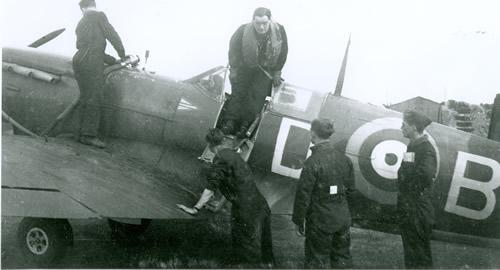
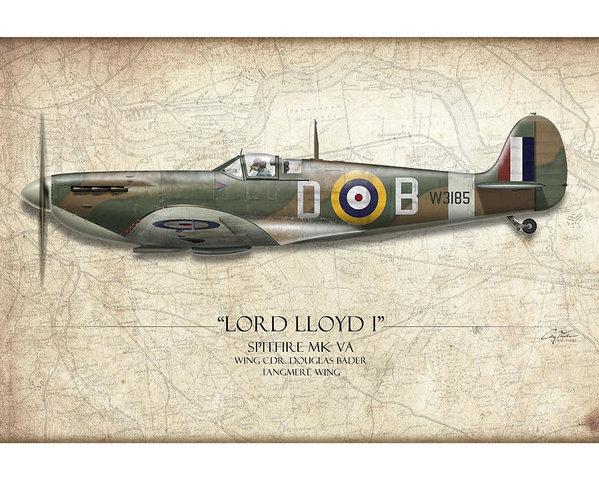
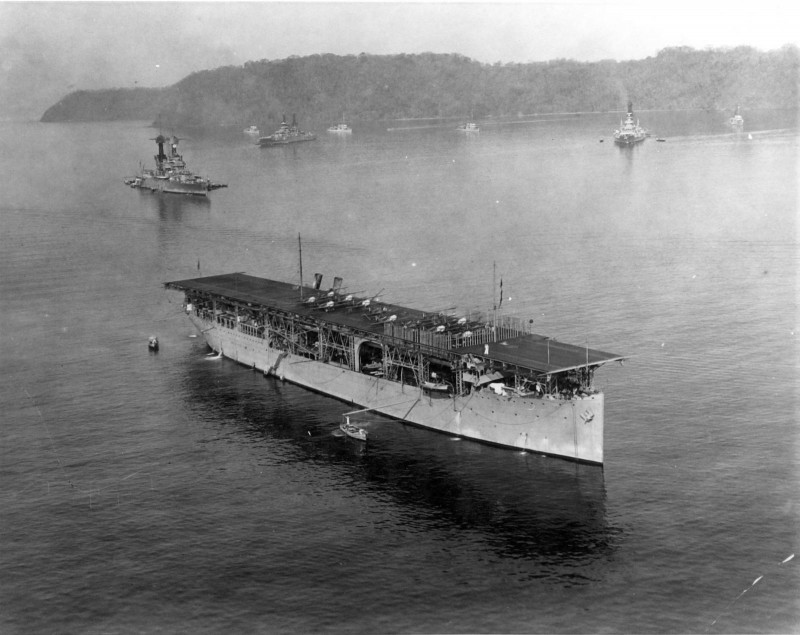
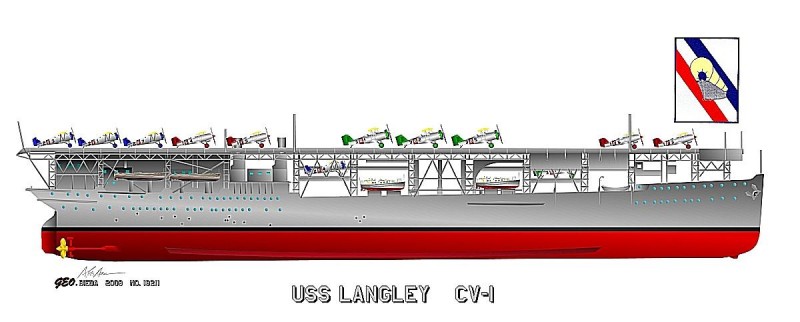


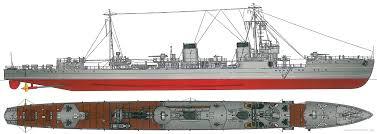
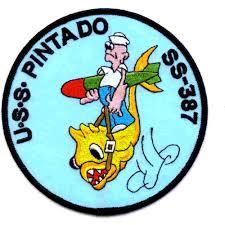
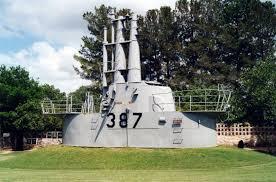

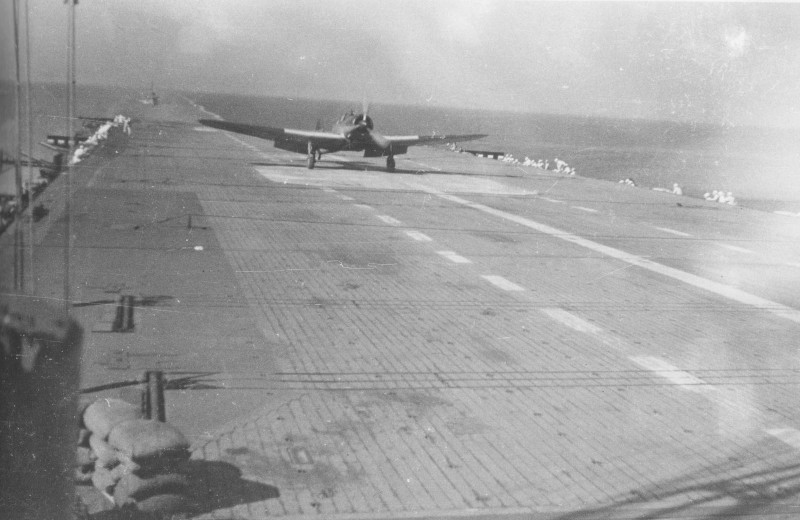


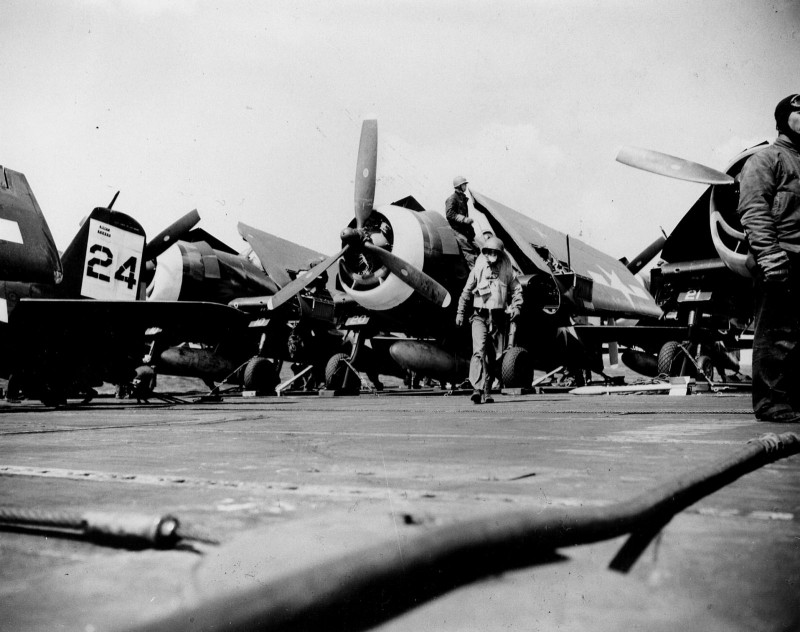
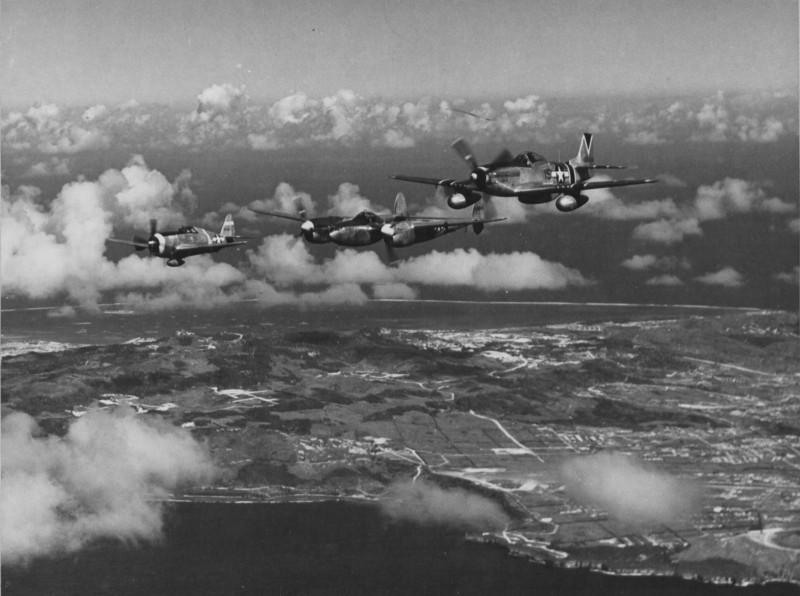
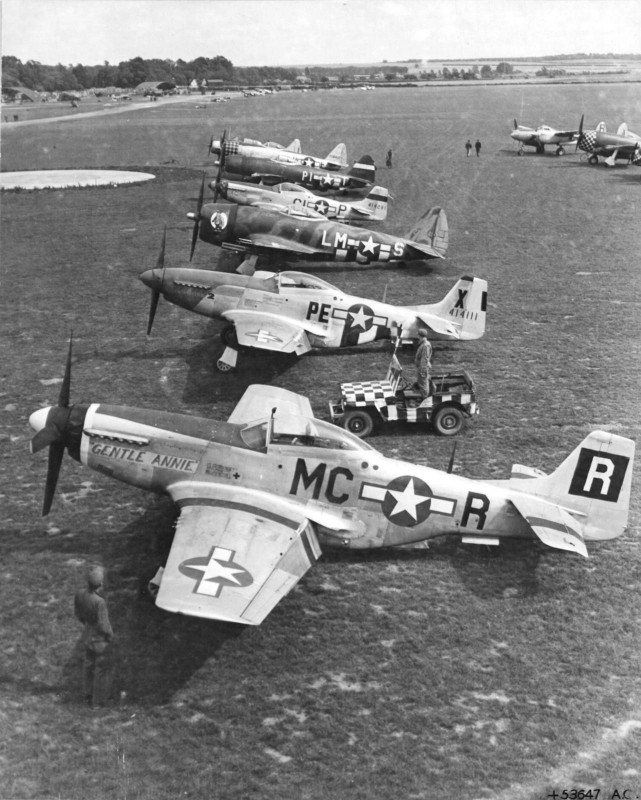
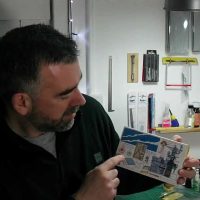
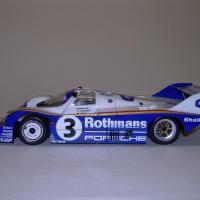
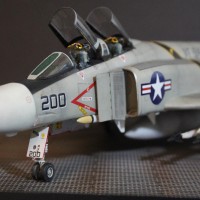
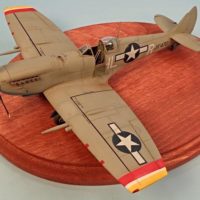
I get a big kick out of looking at Douglas Bader's ride and then you look at the artist impression of the Spitfire with everything in the print being perfect. Look at the photo of Bader and the lettering below him. The letter D is a little crooked and the B seems to be stretched out a bit no doubt from having been hand painted. Yet the artist and the folks who make decals will perpetuate the machine precision and font's that are from living in a digital world. Its ok to have crooked lettering on models...
Bader's Spitfires (a II and the Va) both had differentially-sized letters with a smal D and large B to port, and the opposite to starboard. It was a manifestation of his idisyncracies. And the Spitfire in the photo is the II, if the date is accurate, since he didn't get the Va till late July.
What another fabulous "OTD" edition !
In particular I like every last one of the photos you posted today... but the Group Captains lined up is my favorite of the bunch. Not that I don't like the photos you routinely post, it's just that today you really hit your stride ... perfection at it's finest.
What a sad reality about the "disposal" of "neutral" citizens... This is the first time I ever heard of this horror... wow.
I wouldn't want to be the "flag man" starting the drag races while standing in front of all those props ! I'd start them by standing in the "Follow Me" Jeep too.
"liked"
Thanks again !
The Pintado's conning tower (or fairwater) is now on display outside the front doors of the Museum of the Pacific War in Fredericksburg, TX. It's a wonderful place, and I highly recommend it to anyone visiting the Texas hill country.
Nice shot of the Langley. Within the Iowa's squared off bridge is the conning tower which has 17 inch armor.
If the photo date of Bader and his Spitfire is right (assuming the caption gremlins didn't strike again), that's a Spitfire II, since he didn't get the Spitfire V till July 1941.